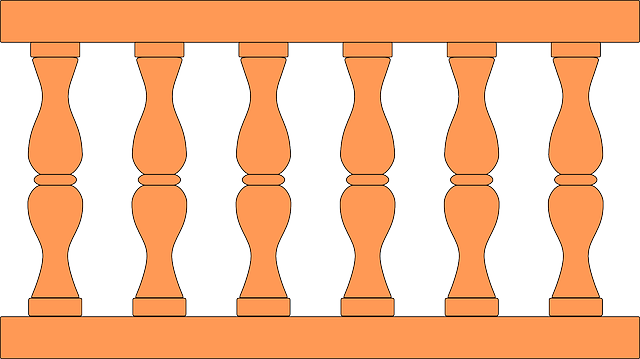In New Bedford, a well-maintained fence not only enhances outdoor spaces but also adds value to properties. However, fences often face various issues due to weather conditions, pests, and regular wear and tear. Understanding common problems specific to New Bedford is the first step towards effective fence repair and installation. This article guides you through choosing durable materials, offers a comprehensive installation process, and provides essential maintenance tips to ensure your fence stands strong for years.
- Understanding Common Fence Issues in New Bedford
- Choosing the Right Fence Material for Your Property
- The Installation Process: Step-by-Step Guide
- Maintenance Tips for Long-Lasting Fence Repair
Understanding Common Fence Issues in New Bedford
In the bustling city of New Bedford, homeowners often face common fence issues due to various environmental factors and regular wear and tear. One of the primary concerns is damage caused by extreme weather conditions, such as strong winds and heavy rainfall, which can lead to loose or missing boards, exposed nails, and structural weakness. Additionally, tree roots can pose a significant threat, pushing against fences and causing warping or bending over time.
Another prevalent issue is pest infestation, particularly from termites and wood-boring beetles, which can severely weaken fence posts and planks. Lack of proper maintenance, including regular cleaning and sealing, exacerbates these problems. Moreover, fences in New Bedford may suffer from poor initial installation, inadequate materials, or lack of proper support, all of which contribute to long-term structural issues.
Choosing the Right Fence Material for Your Property
When considering fence repair or installation, selecting the right material is a crucial step in ensuring both functionality and aesthetics for your property. Different materials offer varying levels of durability, maintenance requirements, and visual appeal. For instance, wood fences are popular for their classic charm and versatility, but they demand regular treatment to prevent rot and insect damage.
On the other hand, vinyl fences are low-maintenance and highly durable, making them ideal for those seeking a long-lasting solution. Steel or iron fences exude a robust and secure look, perfect for properties needing enhanced privacy and protection. Concrete fences, though more labor-intensive to install, provide exceptional strength and can be customized with various designs, adding value and character to your outdoor space.
The Installation Process: Step-by-Step Guide
The installation process for a new fence begins with meticulous planning and preparation. It starts by assessing your property and choosing the right fence type and style to suit both aesthetic preferences and functional needs. Once approved, the first step on site involves clearing the area, removing any obstructions, and preparing the groundwork. This includes digging holes for posts and ensuring proper drainage to prevent water damage.
Next, concrete is poured into the holes to secure the fence posts firmly in place. As the concrete sets, skilled technicians attach the fence panels or rails according to manufacturer guidelines. The process continues with meticulous trimming and alignment to create a seamless, level finish. Finally, after quality checks, the new fence is stained or painted to enhance durability and aesthetics, ensuring it stands the test of time and complements your property beautifully.
Maintenance Tips for Long-Lasting Fence Repair
Regular maintenance is key to ensuring your fence repair and installation stands the test of time. Here are a few simple tips to keep your fence in top shape:
Inspect your fence regularly, especially after harsh weather conditions, such as storms or heavy snowfall. Keep an eye out for any loose or damaged boards, posts, or hinges. Promptly repairing these issues will prevent them from escalating and causing more significant problems down the line. Cleaning your fence is also crucial; remove any debris, leaves, or moss that might accumulate over time. This not only improves the aesthetic appeal but also allows you to identify potential rot or damage.
